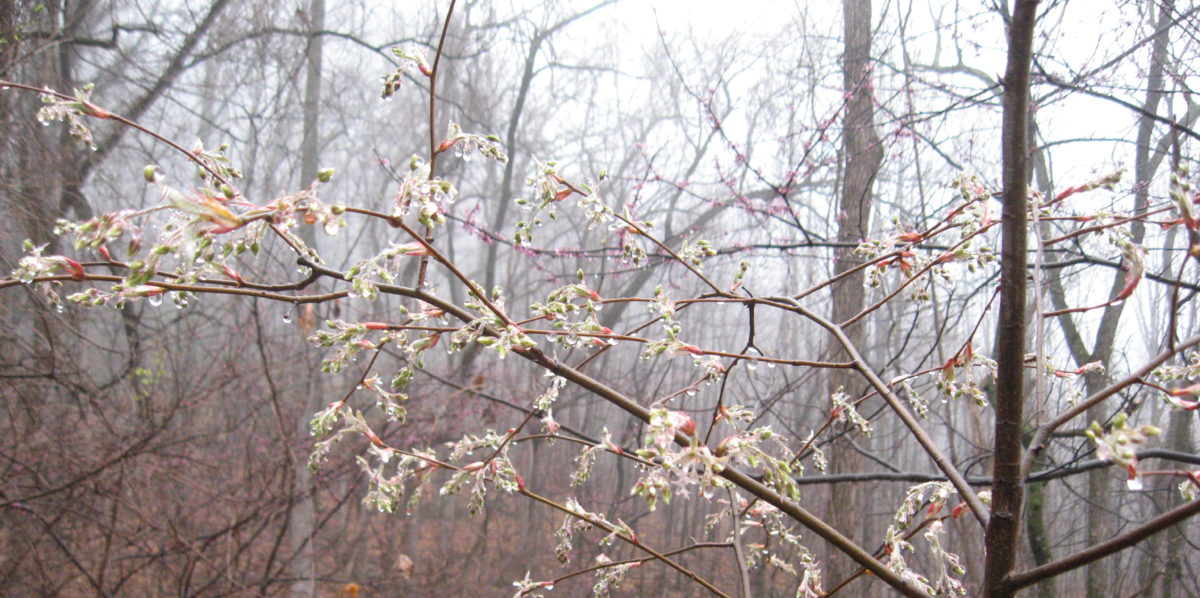What do you get when you add 5 to 4 to 5 to 4 to 5 to 4?
(a) 27
(b) 5/9 + 5/9 + 5/9 = 15/9 = 1.6666666 . . .
(c) Ruling Class Infinity, the rest of us Zero
The answer is all of the above, but (c) is the most important, if . . .
You take a look at three Supreme Court decisions made in May and June by the notorious 5 to 4 margin, it all adds up.
Foremost, in Janus v. AFSCME, decided in June, the Court eviscerated public sector unions by gifting nonmembers within a unionized workplace an exemption from paying “fair share” fees. Those are the fees charged to nonmembers who refuse to pay dues while still getting the workplace benefits obtained by the union. That is, a means by which to make free-riding by nonmembers a little less free. Now the Supreme Court says free-riding is A-OK in the disingenuous name of “right to work.”
That’s the short version. For the long version, see this excellent piece in Slate.com: Crushing effect of Janus vs AFSCME decision
Continue reading “Supreme Court Delivers Big for the Ruling Class”

